Linked Type Comprehensions
Four position -time graph are shown below.
a.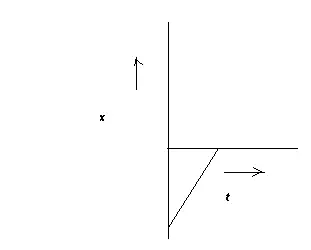
b.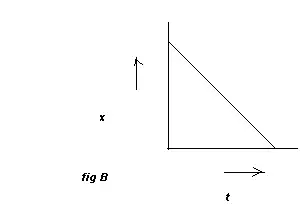
c.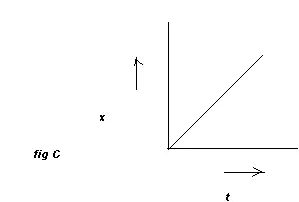
d.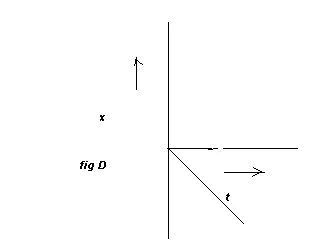
Question 5 What all graph shows motion with positive velocities
a. a and c only
b. all the four
c. b and D only
d. b only
Solution(5):
. The instantaneous velocity is given by the slope of the displacement time graph.
Since slope is positive in graph a and c.Positive velocity is there in a and c curve
Hence (a) and (c) are correct
Question 6. What all graph shows motion with negative velocities
a. a and b only
b. all the four
c. a and c only
d. c only
Solution(6):
. The instantaneous velocity is given by the slope of the displacement time graph.
Since slope is negative in graph b and d.Negative velocity is there in b and d curve
Hence (b) and (d) are correct
Question 7.which of the following graph correctly represents velocity-time relationships for a particle released from rest to fall under gravity
a.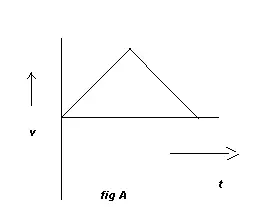
b.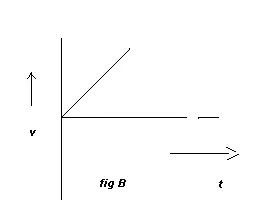
c.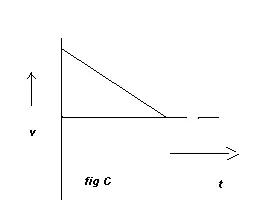
d.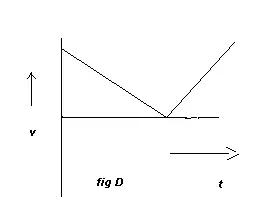
Solution(7):
.
The velocity will increase with time so b is the correct answer
Hence (b) is correct
Question 8.The v-x graph of a particle moving along a straight line is shown below.Which of the below graph shows a-x graph
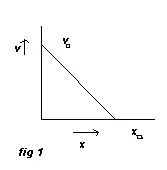
a.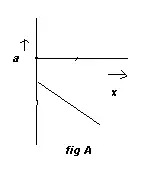
b.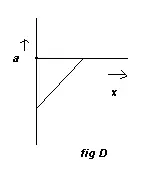
c.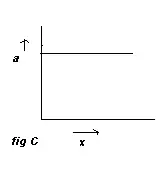
d.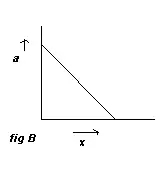
Solution(8):
. The equation for the given graph is
v=-(v0/x0)x + v0 ---(1)
Differentiating both sides we get
dv/dx=-v0/x0 ---(2)
Now
a=v(dv/dx)
or
a=(-v0/x0)[-(v0/x0)x + v0 ]
or
a=mx+c
where m=v02/x0)2
and c=-v02/x0)2
So that means slope is positive and intercept is negative
So (d) is correct
Four position -time graph are shown below.
a.

b.

c.

d.

Question 5 What all graph shows motion with positive velocities
a. a and c only
b. all the four
c. b and D only
d. b only
Solution(5):
. The instantaneous velocity is given by the slope of the displacement time graph.
Since slope is positive in graph a and c.Positive velocity is there in a and c curve
Hence (a) and (c) are correct
Question 6. What all graph shows motion with negative velocities
a. a and b only
b. all the four
c. a and c only
d. c only
Solution(6):
. The instantaneous velocity is given by the slope of the displacement time graph.
Since slope is negative in graph b and d.Negative velocity is there in b and d curve
Hence (b) and (d) are correct
a.

b.

c.

d.

Solution(7):
.
The velocity will increase with time so b is the correct answer
Hence (b) is correct
Question 8.The v-x graph of a particle moving along a straight line is shown below.Which of the below graph shows a-x graph

a.

b.

c.

d.

Solution(8):
. The equation for the given graph is
v=-(v0/x0)x + v0 ---(1)
Differentiating both sides we get
dv/dx=-v0/x0 ---(2)
Now
a=v(dv/dx)
or
a=(-v0/x0)[-(v0/x0)x + v0 ]
or
a=mx+c
where m=v02/x0)2
and c=-v02/x0)2
So that means slope is positive and intercept is negative
So (d) is correct
0 comments:
Post a Comment